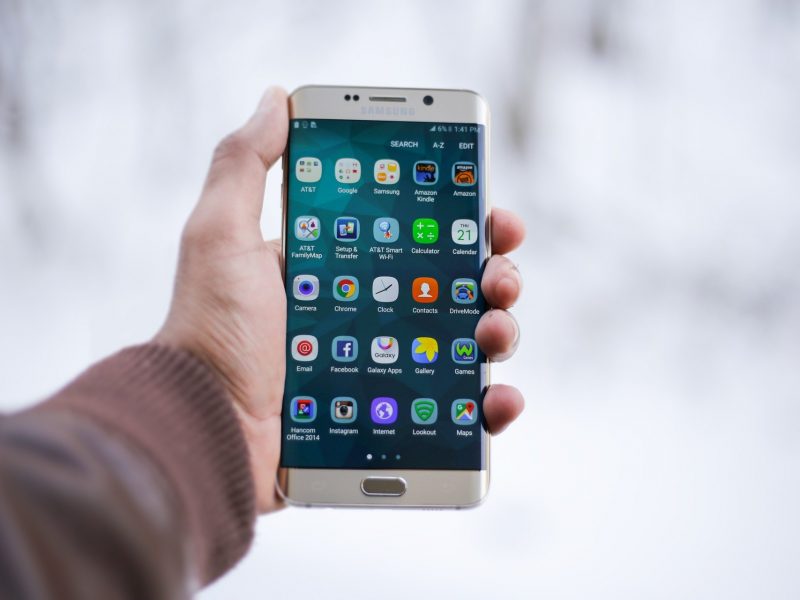How to Dry out your phone the rightway. If you are asking this question then You’re not alone .If you’ve ever had your phone soaked in the shower, dropped it in water, or spilled liquid on it. According to one survey, 25% of smartphone users have had their phones affected by water or other drinks.
What if the Rice doesn’t soak the Wet Phone
Liquid penetrating a smartphone can have a variety of effects. It could result in:
- If moisture is stuck in the camera lens, the images would be blurry.
- audio that is ruffled, or no audio at all
- droplets of liquid under the projector
- a lack of power to charge
- rusting of internal components, or
- a complete shutdown of all features
Although new phones are marketed as “water resistant,” this does not imply that they are waterproof or thoroughly water-resistant. Water resistance means that the system can withstand some water exposure without sustaining significant damage.
Samsung has long defended itself against allegations that it misrepresents its smartphones’ water resistance. The Australian Competition and Consumer Commission (ACCC) sued Samsung in Federal Court in 2019. For their deceptive and misleading advertising led consumers to believe their Galaxy phones were ideal for “use in, or exposure to, all forms of water (including, for example, oceans and swimming pools).”
Customers’Samsung Australia later rejected customers’ warranty claims for damage to phones caused by use in or exposure to liquid.
Similarly, Italy’s competition authority fined Apple €10 million last year to make false statements about its phones’ water resistance. They fail to compensate liquid harm under warranty amid these claims.
How durable is your phone
An “Ingress Protection” code, also known as an IP rating, determines a phone’s water resistance. Simply put, an electrical device’s IP rating refers to its resistance to solid and liquid interference.
There are two numbers in the ranking. The first shows resistance to solids like dust, while the second shows resistance to liquids, specifically water. On the other hand, manufacturers are in charge of determining the exact depth and time for the latter.
The IP68 rating is shared by the famous iPhone 12 and Samsung Galaxy S21 phones. However, the iPhone 12 allows for a maximum immersion depth of 6 meters for 30 minutes. The Galaxy 21 provides for a full immersion depth of 1.5 meters for 30 minutes.
Though IP ratings show how water-resistant a phone is, swimming with most phones can get you into serious trouble. The salt in oceans and swimming pools will corrode your system, costing you much money to repair. Furthermore, phone manufacturers conduct IP testing in freshwater, and Apple advises against submerging devices in any liquid. Fortunately, water-resistant phones will usually withstand smaller amounts of fluid, such as glass tipping over.
Looking for signs of liquid damage
When it comes to phone design, manufacturers consider water exposure. Inside the SIM card tray of most Apple and Samsung phones is a liquid contact/damage indicator strip. This is used to inspect a computer for any liquid damage that may be causing it to malfunction. When an indicator strip is exposed to liquid, it loses its standard color and becomes discolored and smudgy. A discolored strip would normally disqualify your phone from a standard manufacturer warranty. If you have one of Apple’s or Samsung’s more recent smartphones, your device will be able to sense liquid or moisture in the charging port and will warn you. Once the dock is dry, the message will go away.
repairing a flooded phone
To begin, do not place your phone in a rice container. Rice does not help to dry out your phone, contrary to popular belief. Instead, take the following steps:
1. Immediately turn off the system and do not push any buttons.
2. If your phone is water-resistant and you’ve spilled or submerged it in anything other than water. Apple and Samsung both suggest rinsing it in cool tap water (but not under a running tap, which could cause damage).
3. Using paper towels or a soft cloth, wipe the phone dry.
4. Gently shake the device to extract water from the charging ports; do not vigorously shake the device. This can disperse the liquid further inside.
5. Take out your SIM card.
6. If you have one, use a compressed aerosol air duster to blast the water out. Use a cool blow dryer instead of a hot one, as the heat will damage the rubber seals and the screen.
7. Place the phone (particularly the ports) in front of a fan to dry.
8. Put your phone in an airtight container with silica gel packets (the little packets that come with new shoes and bags) or another drying agent. These aid in the absorption of moisture.
9. Do not charge the phone until it is scorched. Setting a system that has liquid within it or in the ports will result in more harm. After a phone appears to be dry, Apple recommends waiting at least five hours before charging it (or until the alert disappears).
Don’t try to open the phone yourself if the above measures don’t work and you’re still stuck with a seemingly dead smartphone. It’s best if you take it to a therapist.
Click here to read about HP+ Smart Printing Setup

